
Brownsville, located in east Brooklyn, has long been one of New York City’s most dangerous neighborhoods. But even as crime rates reached record lows in the borough in 2009, violence has continued to increase in Brownsville, which has remained untouched by the gentrification seen in so many other parts of Brooklyn. Inspired by the rapid changes in his own neighborhood of Bedford-Stuyvesant, Reed Young began researching places that hadn’t seen such gentrification over the last few decades. “I always tried to kind of stay away from New York stories just because I think it’s so easy to do a personal story in New York if you live here,” the Brooklyn-based photographer says. “But once I started doing research, I found out that Brownsville has similar crime rates to a place like East New York, but is almost a third of its size. Brownsville is one square mile of public housing, basically.”
In May 2011, Young and a friend, who does social work, spent two weeks photographing various community members in Brownsville, from gang members to a UPS driver who has to deliver packages with a police officer because he was held up at gunpoint. But before beginning to shoot, Young and his friend first met with Greg Jackson, who runs a recreation center in the neighborhood, after reading an article about him in the New York Times. “We asked if it was cool to just walk around and kind of talk to people to get a feeling of the neighborhood,” Young says. “And he said, ‘Hell no. You’ve got to be kidding.” In the same breath, Jackson called a Brownsville resident named Randy, who eventually led Young and his friend around the neighborhood for the project.
Though some people tried to rough up Young and his friend over the two weeks, the photo shoots were, for the most part, hassle-free. The most intense moment from the project took place when Young photographed a gang member and his mother in their doorway. “That was the most tension I’ve ever felt doing a photo shoot,” Young says. “Because he was head of the gang, all of his people were around, and it was on this block that’s really, really, really tough.”
Young walked away from the project seeing Brownsville divided between the good and the bad, with little in the middle. “There’s a saying in Brownsville that says if you’re 25, you’re either dead, or in jail or you’re done with the gang life,” he says. “You’re one of the three because you can’t be much older and be out of that category.” The photographer hasn’t returned to Brownsville since shooting the series, though he hopes to in the future. “I want to go and do a follow up and even talk to a lot of the same people,” he says. “But I wonder if it’s too early yet. Change happens really slowly there.”
Reed Young is a Brooklyn-based photographer. See more of his work here.
Feifei Sun is an associate editor at TIME. Follow her on Twitter at @feifei_sun.
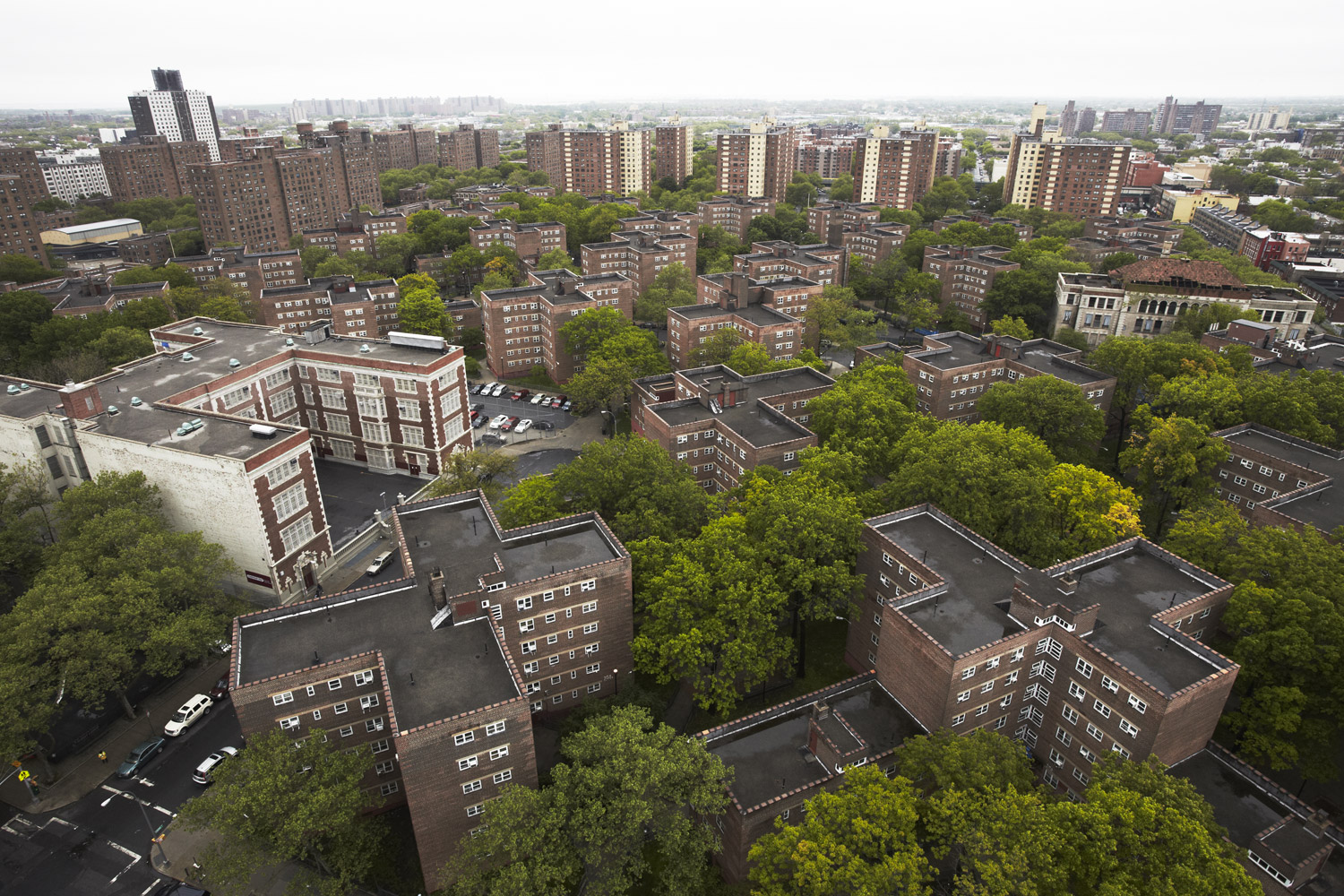


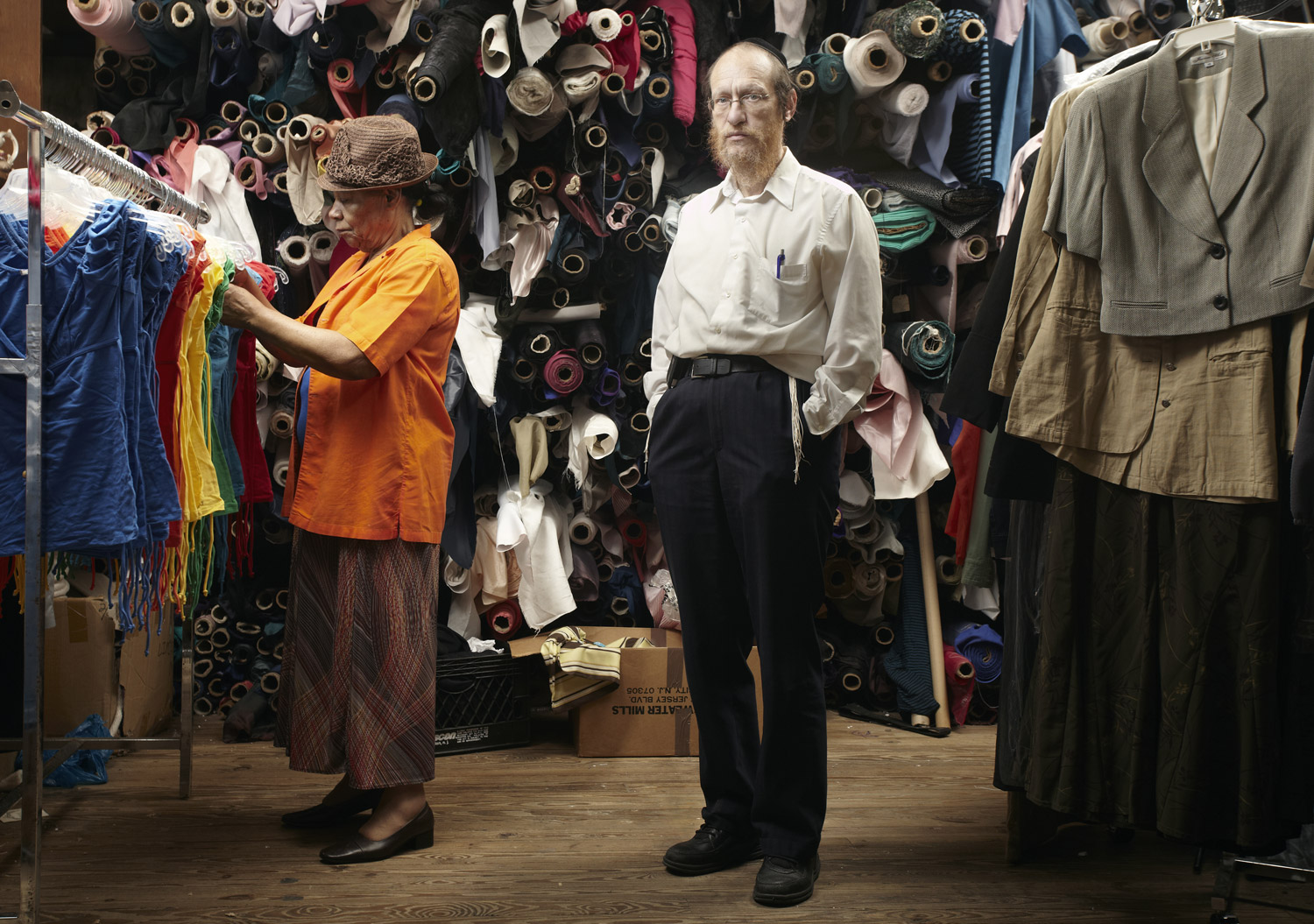
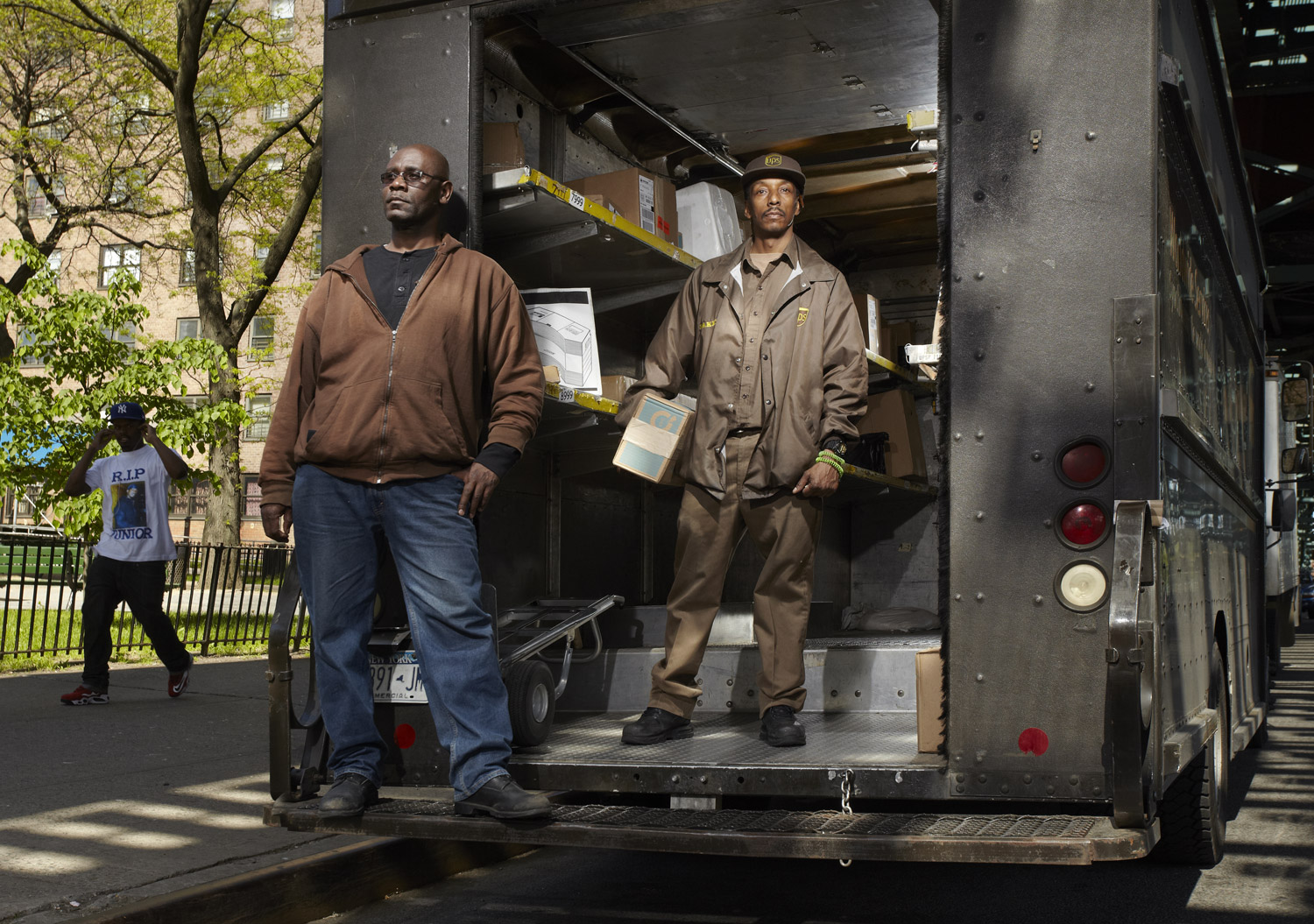
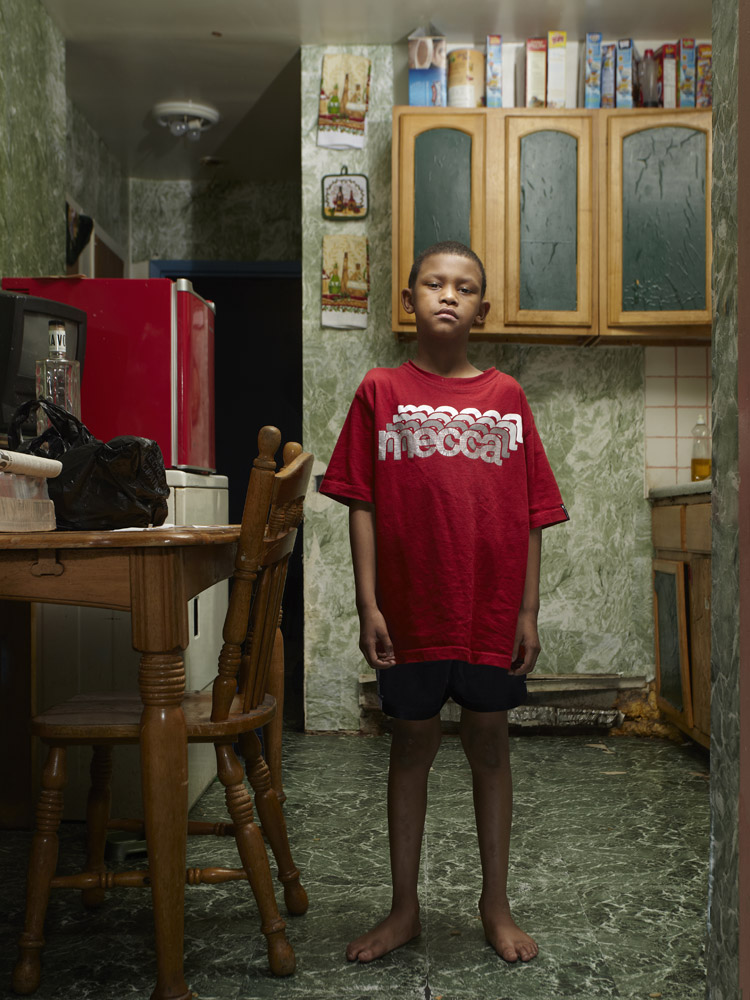
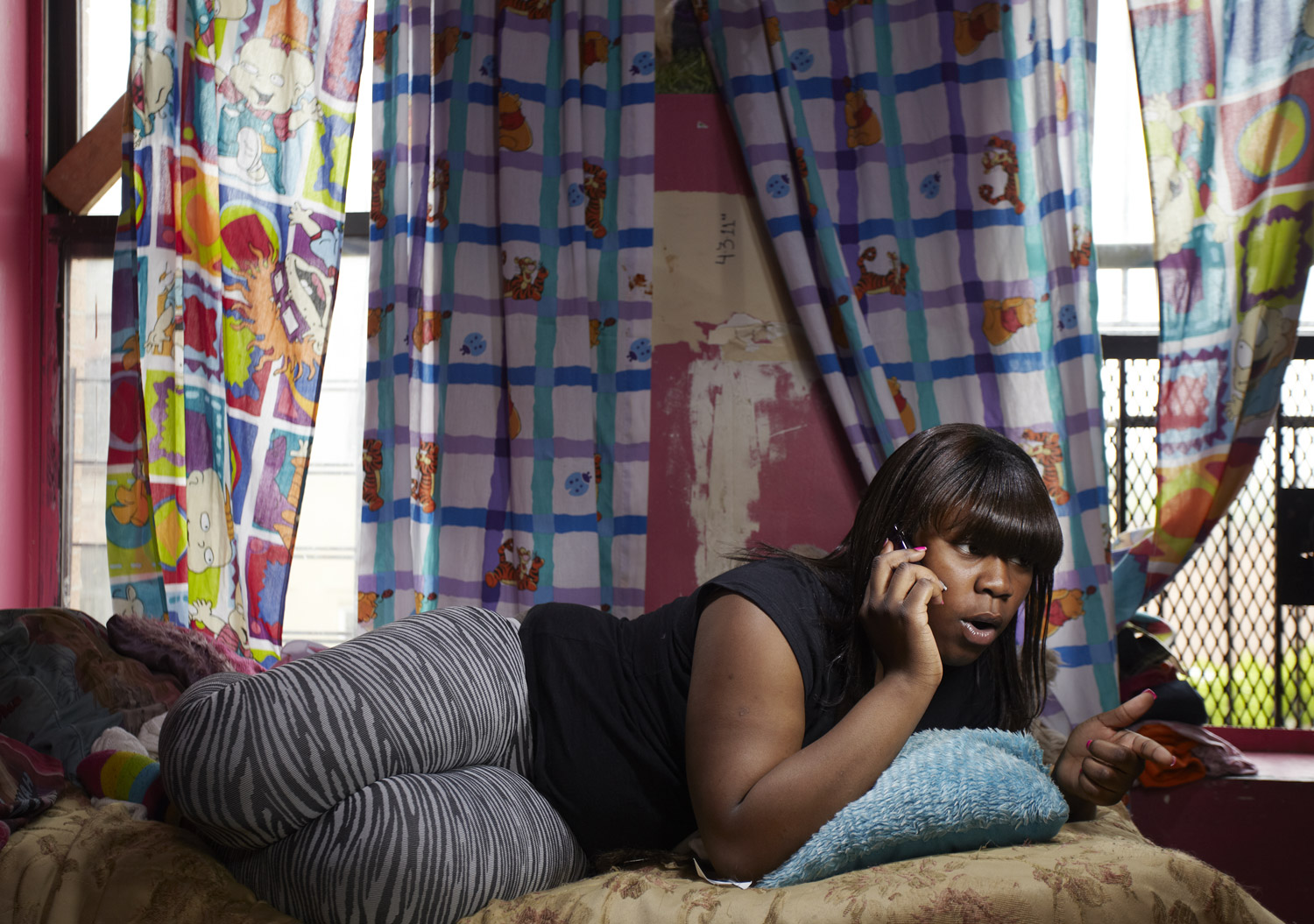



More Must-Reads from TIME
- Cybersecurity Experts Are Sounding the Alarm on DOGE
- Meet the 2025 Women of the Year
- The Harsh Truth About Disability Inclusion
- Why Do More Young Adults Have Cancer?
- Colman Domingo Leads With Radical Love
- How to Get Better at Doing Things Alone
- Michelle Zauner Stares Down the Darkness
Contact us at letters@time.com